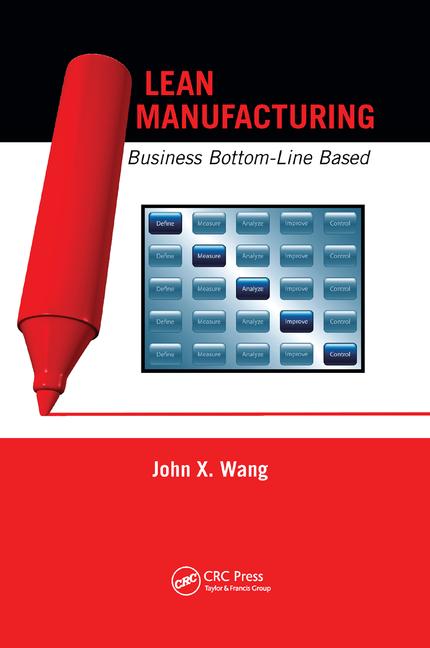When you blow a sacred cow out of the water, make it visible so others are inspired to ask “why?”
We can always rely on certain truths: the sky is blue, 2 + 2 = 4, and there are nine planets in the solar system. All right, there are only eight planets since the experts demoted Pluto. I was still able to get out of bed and function, but changing such a basic truth reminds us of a key lesson for every lean transformation: question everything.
We must question our assumptions, our processes, our policies and ourselves if we are going to improve. I’ve acted as a lean champion in leadership roles, an internal change agent, external change agent, author, educator and investor, and I am constantly relearning how hard it is for people to question the basic things around them. One of the constants in every kaizen process improvement team is that when people begin to ask “why” certain elements of the current state exist, a common answer is, “We’ve always done it that way.”
One of the most remarkable examples was a manufacturing company that was finally getting rid of standard paper time cards. In examining their time cards, the question kept coming up, “What does the ARS column stand for?” For years, new employees had been taught to put a zero in the ARS column on their time cards. So week after week, every person accounted for zero hours of time in the ARS column, but no one could remember what ARS meant. It finally came out that ARS meant air raid siren. During World War II, when the air raid sirens sounded an air raid warning, the employees went into the basement for safety. The company naturally wanted to track time lost due to air raid warnings. Although time cards had been reprinted, and even redesigned, the ARS column remained because no one questioned it. If you think this kind of thing isn’t happening in your company, think again.
Another example was a shop that rebuilds transformers. The shop had a lead-time problem with “pad-mount” transformers, units that sit on a small concrete pad. The shop was losing money because the lead-time for rebuilding them was 22 days. One of many issues revealed in examining the problem was painting. They painted the bottom half, let it dry, masked it, and painted the top half a different color. This obviously caused tremendous headaches and delays. The reason: they had once used lead-based paint and they needed lead-free paint near the ground. They had stopped using lead-based paint, but never changed the process. Once someone asked “why,” the process was quickly changed and the lead time dropped to less than one day.
What does it take to get your organization to question everything? First, the environment must be emotionally safe for every question. Questioning everything requires dumb questions, and if dumb questions are chastised and condemned, they will not be asked for very long. Watch for these signals that the culture is not emotionally safe: Eye rolling, side conversations and disregard for the question. Second, don’t wait for people to ask questions. Solicit questions. Ask people to question everything. Better yet, tell people that you expect them to question everything, and that you expect dumb questions.
Third, it’s more important to measure the number of questions than the number of answers. If you only look at the answers, you won't learn anything about the questions. The best indicator of a culture that questions everything is the questions. If the environment is emotionally safe, you'll get lots of questions. Furthermore, many of them will be good quality, productive questions.
Fourth, and perhaps most important, celebrate taking action from those questions. When you blow a sacred cow out of the water, make it extremely visible. Letting everyone know that this is a good thing will inspire others to question everything.
Jamie Flinchbaugh is a founder and partner of the Lean Learning Center in Novi, MI, and the co-author of The Hitchhiker’s Guide to Lean: Lessons from the Road.He shares his successful and varied experiences of lean transformation as a practitioner and leader through companies such as Chrysler and DTE Energy. He also has a wide range of practical experience in industrial operations, including production, maintenance, material control, product development and manufacturing engineering. Jamie is a graduate fellow of the Leaders for Manufacturing Program at the Massachusetts Institute of Technology, where his research thesis was on implementing lean manufacturing through factory design. He also holds a B.S. in Engineering from Lehigh University in Bethlehem, PA, and an M.S. in Engineering from the University of Michigan. To contact Jamie directly, go to the web site www.leanlearningcenter.com.
Get our new eMagazine delivered to your inbox every month.
Stay in the know on the latest assembly trends.
SUBSCRIBE TODAY!Copyright ©2024. All Rights Reserved BNP Media.
Design, CMS, Hosting & Web Development :: ePublishing


